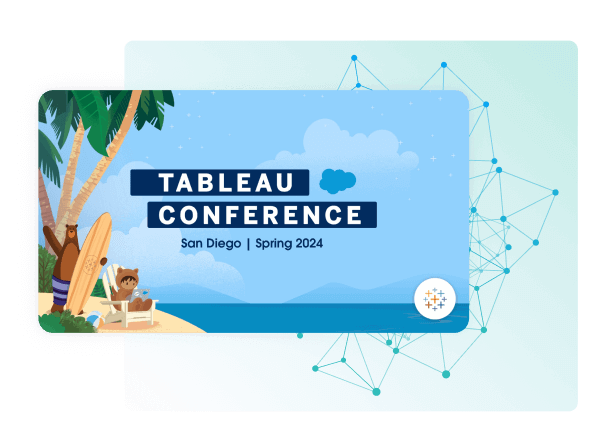Discover how a bimodal integration strategy can address the major data management challenges facing your organization today.
Get the Report →Connect to Zoom Data from PowerBuilder
This article demonstrates how to access Zoom data from Appeon PowerBuilder using the CData ADO.NET Provider for Zoom.
This article demonstrates using the CData ADO.NET Provider for Zoom in PowerBuilder, showcasing the ease of use and compatibility of these standards-based controls across various platforms and development technologies that support Microsoft .NET, including Appeon PowerBuilder.
This article shows how to create a basic PowerBuilder application that uses the CData ADO.NET Provider for Zoom to retrieve data.
- In a new WPF Window Application solution, add all the Visual Controls needed for the connection properties. Below is a typical connection string:
Profile=C:\profiles\Zoom.apip;Authscheme=OAuth;OAuthClientId=your_client_id;OAuthClientSecret=your_client_secret;CallbackUrl=your_callback_url;InitiateOAuth=GETANDREFRESH
Start by setting the Profile connection property to the location of the Zoom Profile on disk (e.g. C:\profiles\Zoom.apip). Next, set the ProfileSettings connection property to the connection string for Zoom (see below).
Zoom API Profile Settings
To authenticate to Zoom, you can use the OAuth standard to connect to your own data or to allow other users to connect to their data.
First you will need to create an OAuth app. To do so, navigate to https://marketplace.zoom.us/develop/create and click Create under the OAuth section. Select whether or not the app will be for individual users or for the entire account, and uncheck the box to publish the app. Give the app a name and click Create. You will then be given your Client Secret and Client ID
After setting the following connection properties, you are ready to connect:
- AuthScheme: Set this to OAuth.
- InitiateOAuth: Set this to GETANDREFRESH. You can use InitiateOAuth to manage the process to obtain the OAuthAccessToken.
- OAuthClientID: Set this to the OAuth Client ID that is specified in your app settings.
- OAuthClientSecret: Set this to the OAuth Client Secret that is specified in your app settings.
- CallbackURL: Set this to the Redirect URI you specified in your app settings.
- Add the DataGrid control from the .NET controls.
-
Configure the columns of the DataGrid control. Below are several columns from the Account table:
<DataGrid AutoGenerateColumns="False" Margin="13,249,12,14" Name="datagrid1" TabIndex="70" ItemsSource="{Binding}"> <DataGrid.Columns> <DataGridTextColumn x:Name="idColumn" Binding="{Binding Path=Id}" Header="Id" Width="SizeToHeader" /> <DataGridTextColumn x:Name="nameColumn" Binding="{Binding Path=Id}" Header="Id" Width="SizeToHeader" /> ... </DataGrid.Columns> </DataGrid> - Add a reference to the CData ADO.NET Provider for Zoom assembly.
Connect the DataGrid
Once the visual elements have been configured, you can use standard ADO.NET objects like Connection, Command, and DataAdapter to populate a DataTable with the results of an SQL query:
System.Data.CData.API.APIConnection conn
conn = create System.Data.CData.API.APIConnection(connectionString)
System.Data.CData.API.APICommand comm
comm = create System.Data.CData.API.APICommand(command, conn)
System.Data.DataTable table
table = create System.Data.DataTable
System.Data.CData.API.APIDataAdapter dataAdapter
dataAdapter = create System.Data.CData.API.APIDataAdapter(comm)
dataAdapter.Fill(table)
datagrid1.ItemsSource=table.DefaultView
The code above can be used to bind data from the specified query to the DataGrid.






